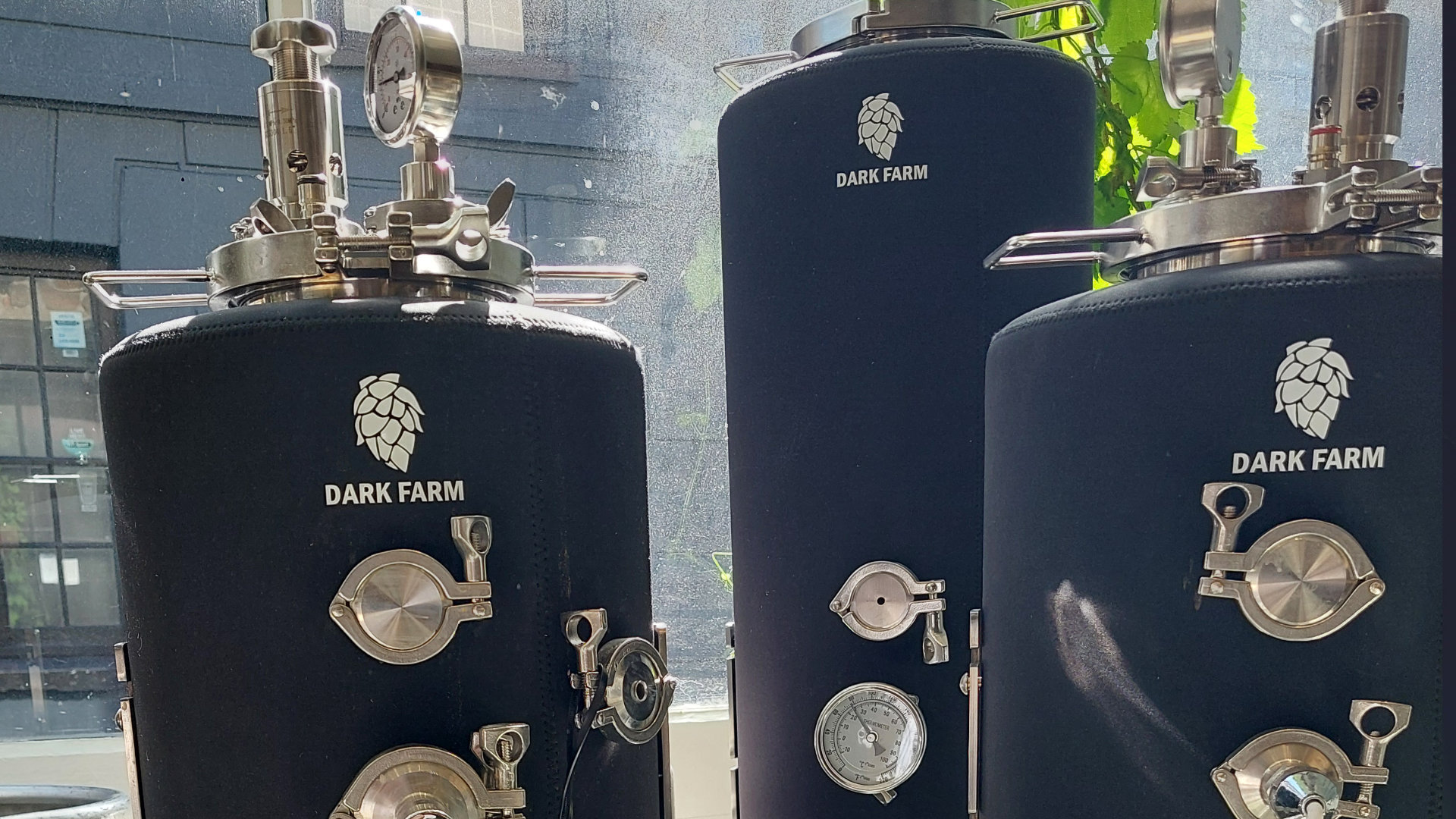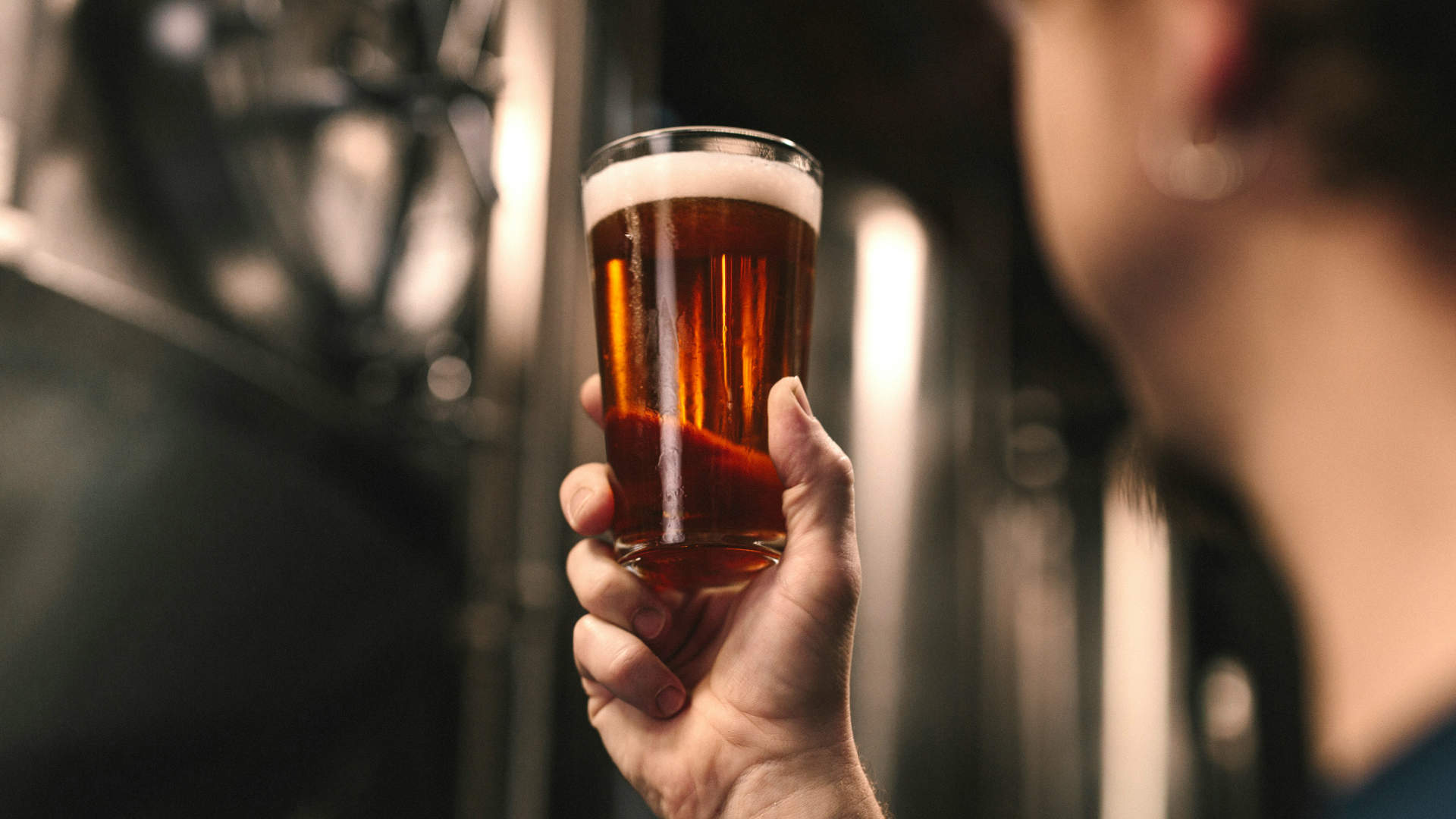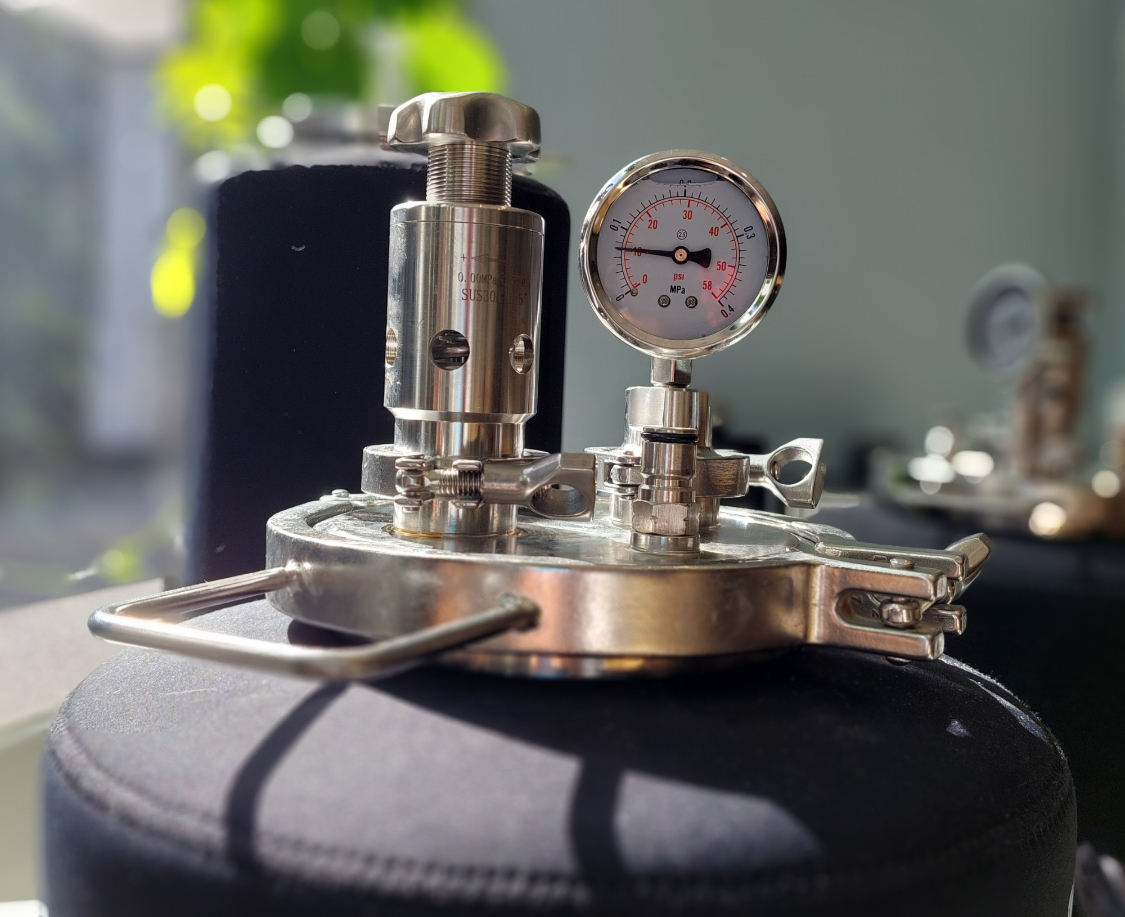We’ve all heard about how many wines improve with age. But what about beer? Can you age your homebrew, or commercial brews, and expect it to improve as the years pass? Well, yes and no. While fresh is often best with beer, there are some beers which actually improve with age. Maybe you have noticed this yourself when you taste a batch of homebrew which turns out to be a bit nasty. You can’t bear to pour it away so you shove it to the back of your basement intending to deal with it another day. Then you come across it 6-12 months later and bingo! it’s mellowed out to be rather a decent drop.
Cellar ageing beer can do more than help smooth out some rough edges, it can change the character of a brew in surprising ways. For better or worse! Which can make for some interesting and enjoyable tasting. So let’s take a look at how to go about it.
WHAT TYPES OF BEER CAN YOU CELLAR?
There’s a lot of fun to be had in experimenting to see how certain beers change with age. But not all beers are suitable for ageing (see below) so choose your brew stash carefully. What you’re looking for is a brew that has the legs to trot the marathon without oxidising or deteriorating. To help you get started, here’s a basic guide to bear in mind:Â
Smoked beers e.g. rauchbier - smoke has a preservative effect on beer so this will help yours age gracefully.
High ABV brews - again, the alcohol will help preserve your beer while the ageing process does its thing.
Sour beers - lambic or gueuze, for example, are ideal for ageing. The acidity of the brew helps preserve the beer and the acidity will mellow over time. Â
Bottle conditioned and unfiltered beer - the residual yeast helps slow down oxidisation.
WHAT TO EXPECT
Umami flavours may become apparent, a bit like soy sauce.Â
Leathery aromas develop - which add nice burnt sugar, caramel tones to darker and stronger beer.
Sweetness decreases over time making way for a drier beer. Cellaring an overly sweet brew is a good call. Belgian dubbels, for example, will gain more complexity after ageing for a year or two. Â
The body of the beer thins as the malt proteins drop out. Â
Decrease in hoppiness - flavour, aroma and bitterness, making way for subtle fruit characteristics.Â
Acidity slowly mellows allowing other flavours to shine, leading to a more complex and delicate beer.
Fruity esters will decrease.
Roasted malt characters will mellow.
Wild yeasts such as Brettanomyces continue to gently ferment in the bottle, creating a drier beer with more complex spicy, fruity, and funky aromas.
WHAT NOT TO AGE
Hop-forward brews, such as IPAs and Pale Ales.
Most lagers.
Session or small beers.
WHERE TO CELLAR YOUR BEER
A cool, dark cellar (hence the word ‘cellaring’) would be ideal to age your brews, but we don’t all have the luxury of one of those. A good alternative is a dedicated fridge. Failing that, a dark cupboard where you can guarantee a consistent low temperature will work. Wild fluctuations in the temperature will ruin your beer.
TEMPERATURE
Your beer cellar/fridge/cupboard needs to be kept cool and at a constant temperature. It will depend on the styles you’re ageing, but around 10-13°C is a good rule of thumb. Â
CELLAR AGEING TIPS
Be sure you taste your beer fresh before cellaring it. Make notes so you’ll remember the starting profiles of your brew. You might want to try a sample every 6 months to see how it’s getting on.
Be organised. Keep a record of what you’ve got in your ‘cellar’, including the dates.
Allow plenty of space to store your collection and keep it organised.
Store bottles upright. Many people recommend that even corked bottles of beer should be stored upright to prevent oxidisation.
If using cork you need to keep the humidity right. Too dry and your cork will crack and compromise your beer. Too wet could encourage mould. The ideal humidity range is between 50 - 70%.
Don’t move or agitate your beer while ageing.
Use kegs or brown bottles to store your ageing brews.
Whatever space you’re using as a ‘cellar’ be sure to keep it dark to avoid your beer skunking.
Can ageing sort out a bad beer? No, not if it is infected, but ageing your beer can round off harsh flavours so it’s definitely worth trying. As Frits Takken from Buckland Brewers says, “If you make a beer that is disappointing and you’re considering pouring it down the drain, put it away in a dark place for at least six months. Then taste it – you might be surprised!â€
WHAT NOT TO AGE
Hop-forward brews, such as IPAs and Pale Ales.
Most lagers.
Session or small beers.
WHERE TO CELLAR YOUR BEER
A cool, dark cellar (hence the word ‘cellaring’) would be ideal to age your brews, but we don’t all have the luxury of one of those. A good alternative is a dedicated fridge. Failing that, a dark cupboard where you can guarantee a consistent low temperature will work. Wild fluctuations in the temperature will ruin your beer.
TEMPERATURE
Your beer cellar/fridge/cupboard needs to be kept cool and at a constant temperature. It will depend on the styles you’re ageing, but around 10-13°C is a good rule of thumb. Â
CELLAR AGEING TIPS
Be sure you taste your beer fresh before cellaring it. Make notes so you’ll remember the starting profiles of your brew. You might want to try a sample every 6 months to see how it’s getting on.
Be organised. Keep a record of what you’ve got in your ‘cellar’, including the dates.
Allow plenty of space to store your collection and keep it organised.
Store bottles upright. Many people recommend that even corked bottles of beer should be stored upright to prevent oxidisation.
If using cork you need to keep the humidity right. Too dry and your cork will crack and compromise your beer. Too wet could encourage mould. The ideal humidity range is between 50 - 70%.
Don’t move or agitate your beer while ageing.
Use kegs or brown bottles to store your ageing brews.
Whatever space you’re using as a ‘cellar’ be sure to keep it dark to avoid your beer skunking.
SKUNKED/LIGHTSTRUCK BEERÂ Â
This is when beer has been overexposed to light. The skunky aroma is caused by the reaction between blue light and the isohumlones, the hop-bittering compounds (iso-alpha acids) which produces the compound 3-methyl-2-butene-1-thiol (3MBT). The term ‘skunky’ comes from the stinky aroma which is similar to the defensive spray of the skunk. Levels of skunkiness may be detected after only seconds in full sunlight. So be sure to store your brews in kegs or brown bottles - definitely not clear or green ones.
HOW LONG TO CELLAR BEER
So now you know all about cellaring and are perhaps keen to give it a go. How long should you age your brews? Well, it depends on the style. In his book ‘Tasting Beer’, Randy Mosher suggests the following times :
Barley Wine and Imperials Stout (8.5%-12% ABV): 3-20 years
Belgian strong dark ales (8.5%-11% ABV): 2-12 years
English strong ale (7-9% ABV): 1-5 years
Belgian abbey tripel (7.5%-9.5% ABV:) 1-4 years
Begin tasting at 6 months, then once a year. Write your tasting notes in your cellaring logbook. Be conscious that the majority of brews won’t stay tasty indefinitely. So be sure to drink it at some point!
TRY A VERTICAL TASTING
This is when you taste two or more vintages of one beer. It’s a great way to compare how they age. You can do this with your homebrew by making the exact same beer at different times. Consistency and precision is obviously key here though, to get a fair comparison. And remember to label and date your brews and record in your cellar logbook. When you carry out your vertical tasting, it’s usual to start by tasting the youngest and progressing by age through to the oldest.




